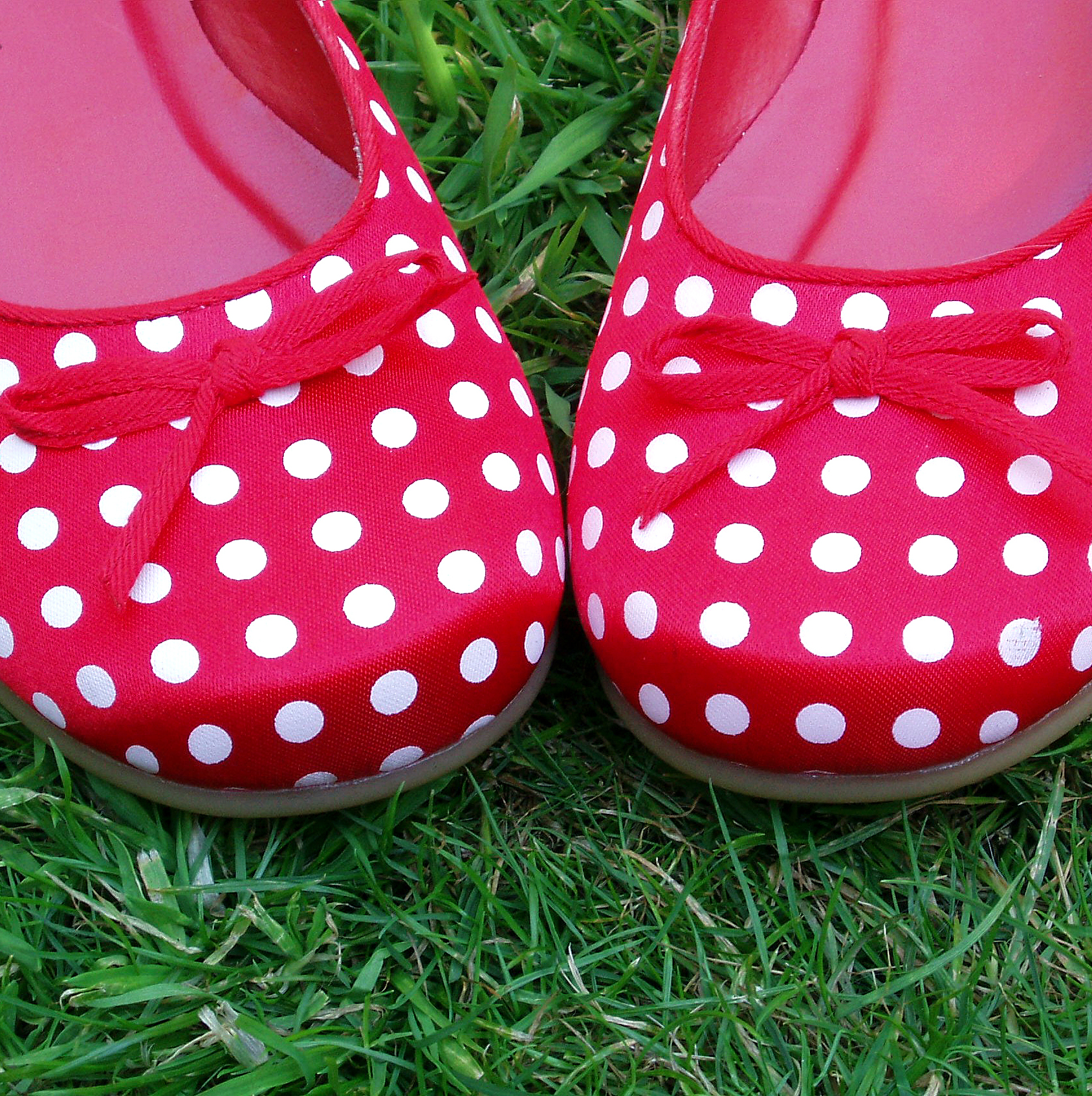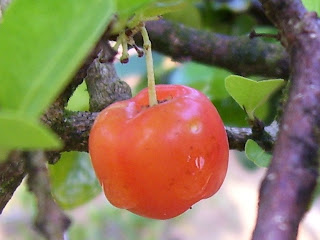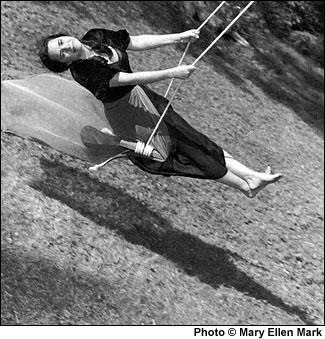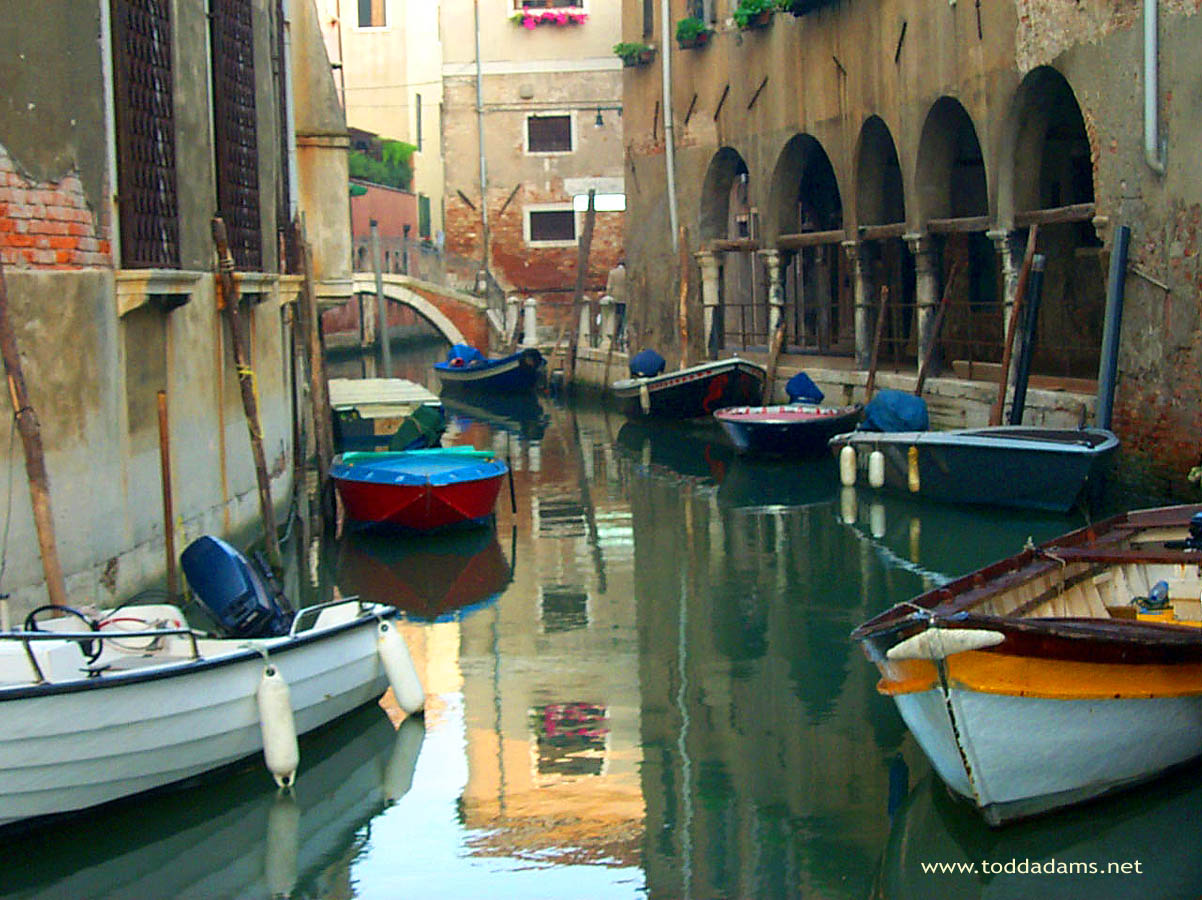
Red is the color of fire and blood, so it is associated with energy, war, danger, strength, power, determination as well as passion, desire, and love.
Red enhances human metabolism, increases respiration rate, and raises blood pressure. Use it as an accent color to stimulate people to make quick decisions; it is a perfect color for 'Buy Now' or 'Click Here' buttons on Internet banners and websites.
In advertising, red is often used to evoke erotic feelings (red lips, red nails, red-light districts, 'Lady in Red', etc).
Red is widely used to indicate danger (high voltage signs, traffic lights). This color is also commonly associated with energy, so you can use it when promoting energy drinks, games, cars, items related to sports and high physical activity.
Light red represents joy, sexuality, passion, sensitivity, and love.
Pink signifies romance, love, and friendship. It denotes feminine qualities and passiveness.
Dark red is associated with vigor, willpower, rage, anger, leadership, courage, longing, malice, and wrath.
Brown suggests stability and denotes masculine qualities.
Reddish-brown is associated with harvest and fall.

COLOUR & PEOLE OF THE WORLD…
For the ancient Romans, a red flag was a signal for battle.
The ancient Egyptians considered themselves a red race and painted their bodies with red dye for emphasis.
In Russia, red means beautiful. The Bolsheviks used a red flag as their symbol when they overthrew the tsar in 1917. That is how red became the color of communism.
In India, red is the symbol for a soldier.
In South Africa, red is the color of mourning.
It's considered good luck to tie a red bow on a new car.
In China, red is the color of good luck and is used as a holiday and wedding color. Chinese babies are given their names at a red-egg ceremony.
Superstitious people think red frightens the devil.
A "red-letter day" is one of special importance and good fortune.
In Greece, eggs are dyed red for good luck at Easter time.
To "paint the town red" is to celebrate.
Red is the color most commonly found in national flags.
A "red eye" is an overnight airplane flight.
If a business is "in the red," it is losing money.




 This is the most famous landmark of Dublin City. I am not sure what it purpose is but we (my friends and I) use it as meeting point when we have outings together.
This is the most famous landmark of Dublin City. I am not sure what it purpose is but we (my friends and I) use it as meeting point when we have outings together.
































